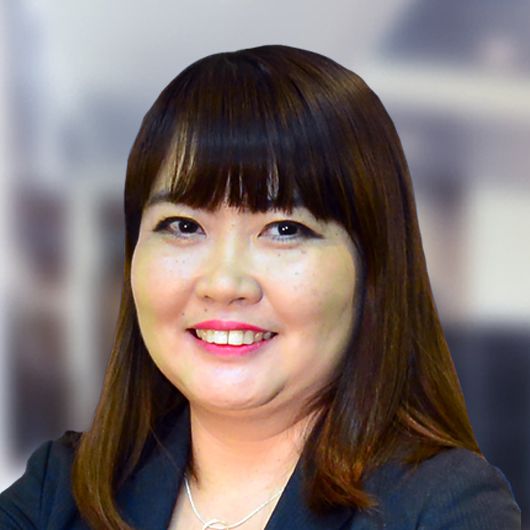As featured on BusinessMirror: Talent a top operational priority
The KPMG 2022 CEO Outlook draws on the perspectives of 1,325 global CEOs across 11 markets to provide insight into their 3-year outlook on the business and economic landscapes. The survey results provide perspectives on Economic Outlook, Technology, ESG and Talent. Focusing on Talent, the report found that attracting and retaining talent is a top operational priority for CEOs in order to achieve their 3-year growth objectives (25 percent, up from 19 percent in 2021). In addition, two-thirds of surveyed CEOs (71 percent) agree the ability to retain talent with the pressures of inflation/rising cost of living is top of mind, as are the long-term impacts to organizations from the pandemic and geopolitical tensions.
ESG as a recruitment and retention differentiator
A business’s ESG approach is increasingly seen as a differentiator when it comes to attracting and retaining talent. Of the CEOs that mentioned they were seeing significant demand for greater ESG transparency and reporting, 26 percent noted the biggest demand was coming from employees and new hires.
KPMG in the Philippines Head of Management Consulting Imelda H. Corros shares, “same as with consumers and investors, we see a growing demand from employees to associate themselves with companies and brands that are ethical, sustainable and aligned with their personal values.”
Recession driving talent freezes
With a recession looming, there’s a significant short-term emphasis on hiring freezes and headcount reductions: 39 percent of CEOs have already implemented a hiring freeze, and 46 percent are considering downsizing their workforce over the next 6 months. But when CEOs take a longer-term view, 79 percent expect their organization’s headcount to increase over the next 3 years, and CEOs are still investing in their existing workforce, with half currently focused on boosting productivity.
In the Philippines, the pandemic forced several industries not only to reduce their workforce but also to temporarily suspend business operations. However, as the country moves on from the worst of the pandemic, industry leaders have now refocused their attention on hiring and retaining potential recruits to grow and expand their businesses.
Corros shares, “as we recuperate from the impacts of the global health pandemic, building on Talent and internal capacity posts a competitive advantage.” Despite the on-going threats of a possible recession, business leaders must not lose sight of their long-term objectives and the value of an agile and robust People strategy.
Different organizations have now integrated flexible working set-up options to meet the needs and demands of their employees.


The so-called new normal gave birth to novel and innovative ways of managing a business made possible through fast digital adoption and transformation, stronger implementation of ESG initiatives and more inclusive work dynamics.

Imelda H. Corros
Head of Management Consulting
KPMG in the Philippines
Fostering a spirit of experimentation
Hybrid/remote working has had a positive impact on hiring, collaboration and productivity over the past 2 years. However, many multinational organizations are launching return-to-office plans to usher in a "return to normal", and 65 percent of CEOs envision in-office as the go-to office environment in 3 years' time (with 28 percent saying hybrid and 7 percent fully remote). Employee expectations when it comes to remote work are evolving, so CEOs need to develop a better working structure that suits their people in what is still an emerging area.
Even if the supply-demand side of labor shifts in favor of businesses (giving managers more scope to insist on being in-office), CEOs need to make sure their people have purposeful interactions. How do CEOs define what an optimal structure looks like? Now is the time to experiment and see what works best. Active listening, empathetic communications and a commitment to finding the right balance over the long term will be key.
Exploring opportunities for growth
- Experiment with ways of working: As organizations launch return-to-office plans, it’s important for CEOs to develop working structures that suit their people. It’s time to experiment and see what works best. Active listening, empathetic communications and a commitment to finding the right balance over the long term will be key.
- Tell your ESG story: A business's ESG approach is increasingly seen as a differentiator when it comes to attracting and retaining talent. And with many CEOs saying they're struggling to tell a compelling ESG story, it's important for CEOs to articulate to stakeholders the steps they're taking to address ESG in their organizations.
- Build don't follow: Organizations and their employees are changing, and leaders need to reinvent the enterprise workforce. The old talent management playbooks are out of date, and the challenge is that there aren’t new ones to replace them — yet. The way forward involves strategies that include reinventing the workforce, focusing on the social side of ESG, leveraging analytics and designing a nurturing experience.
The excerpt was taken from the KPMG Thought Leadership publication: https://home.kpmg/xx/en/home/insights/2022/08/kpmg-2022-ceo-outlook/people-and-talent-trends.html
